Complimentary worldwide shipping on orders over $400 · No import tariffs for most countries
Complimentary worldwide shipping on orders over $400 · No import tariffs for most countries
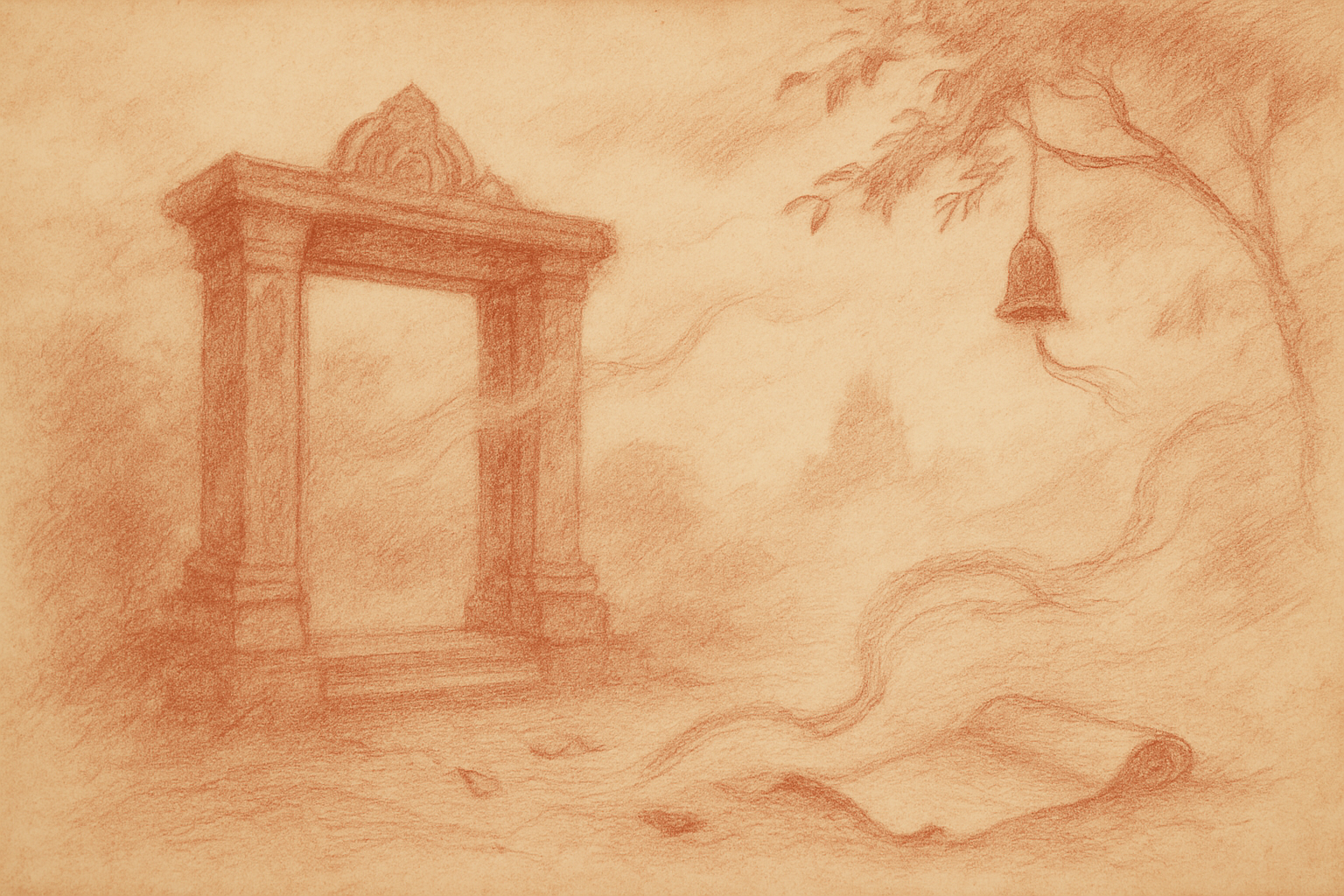
A Scroll Carried by Wind
“I came by sea, but the wind knew more than I did.”
— Zhou Daguan (revoiced)
When the Chinese emissary Zhou Daguan arrived at Angkor in the late thirteenth century, he did not come seeking legend. He came with a royal charge—to observe, to record, and to return to the Yuan court with a faithful account of a distant land known as Zhenla.
He came by ship. He was received by strangers. He crossed rivers wide as forgetting, followed roads that disappeared into jungle, and entered a city without walls.
And what he found there astonished him.
He found women who wore gold but not shame. Markets that closed at moonrise. Kings who moved like shadows and stone towers that breathed incense. He found spirit-houses, silence, and a way of living that slipped between the lines of what he had been taught to see.
He wrote what he saw—but not always what he felt. That feeling now returns in this revoicing.
The Wind That Carried Me to Zhenla is a poetic resurrection of Zhou Daguan’s journey—told entirely in his imagined voice, with reverence, beauty, and quiet wonder. It is not a literal translation. It is a scroll rebreathed. A remembering. A way to walk once more through the temples and courtyards of Angkor, not as a historian or tourist, but as a witness guided by wind.
Each chapter in this series offers a standalone meditation drawn from Zhou’s original record—recast as refined poetic prose and accompanied by red-and-black chalk illustrations. These writings form both a digital offering and a printed volume: a companion for pilgrims of stone and seekers of spirit.
If you have ever walked the sacred paths of Angkor and wondered what once was seen there, may these scrolls open gently in your hands.
Begin where you like. The wind carries all things.
Also in Library
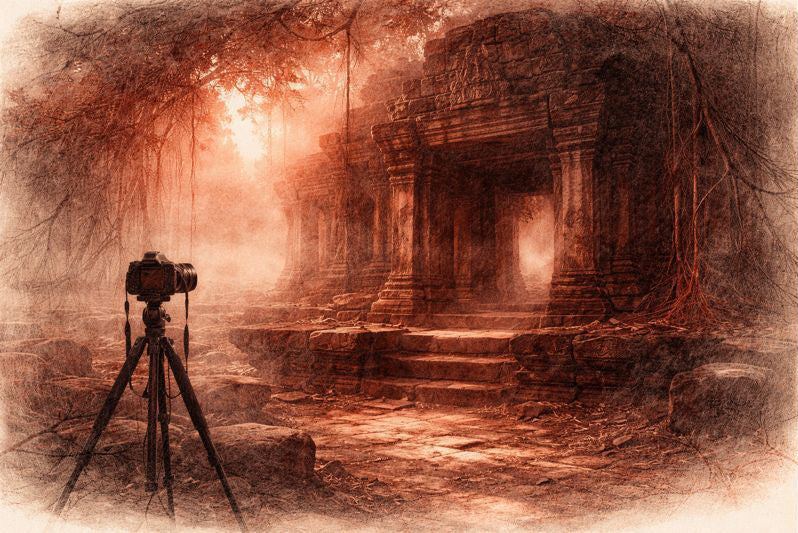
Before the Shutter Falls
3 min read
Before the shutter falls, fear sharpens and doubt measures the cost of waiting. In the quiet hours before dawn, the act of not-yet-beginning becomes a discipline of attention. This essay reflects on patience, restraint, and the quiet mercy that arrives when outcome loosens its hold.
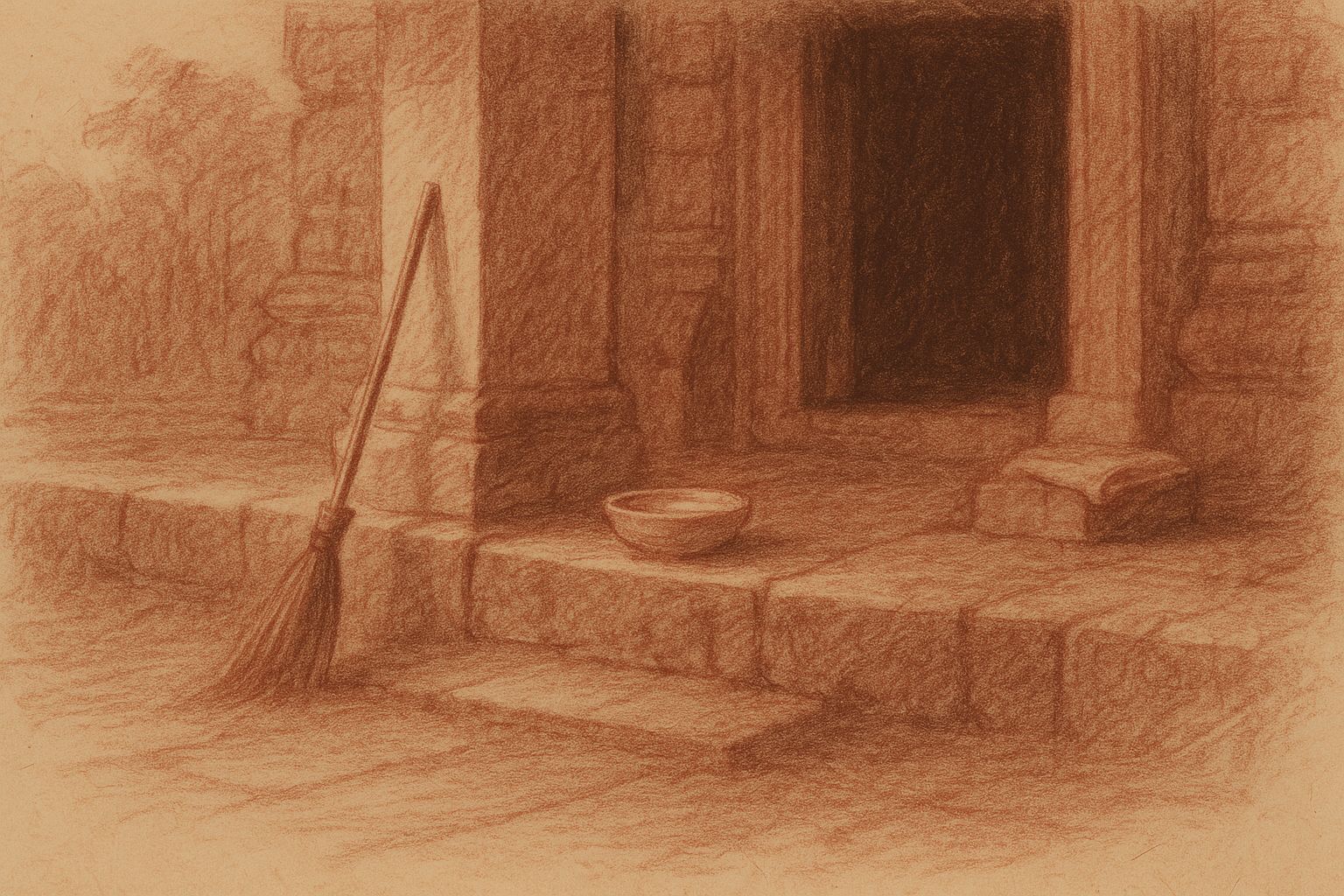
Those Who Keep the Way Open — On the Quiet Guardians of Angkor’s Thresholds
3 min read
Quiet gestures shape the way into Angkor — a swept stone, a refilled bowl, a hand steadying a guardian lion. This essay reflects on the unseen custodians whose daily care keeps the thresholds open, revealing how sacredness endures not through stone alone, but through those who tend its meaning.
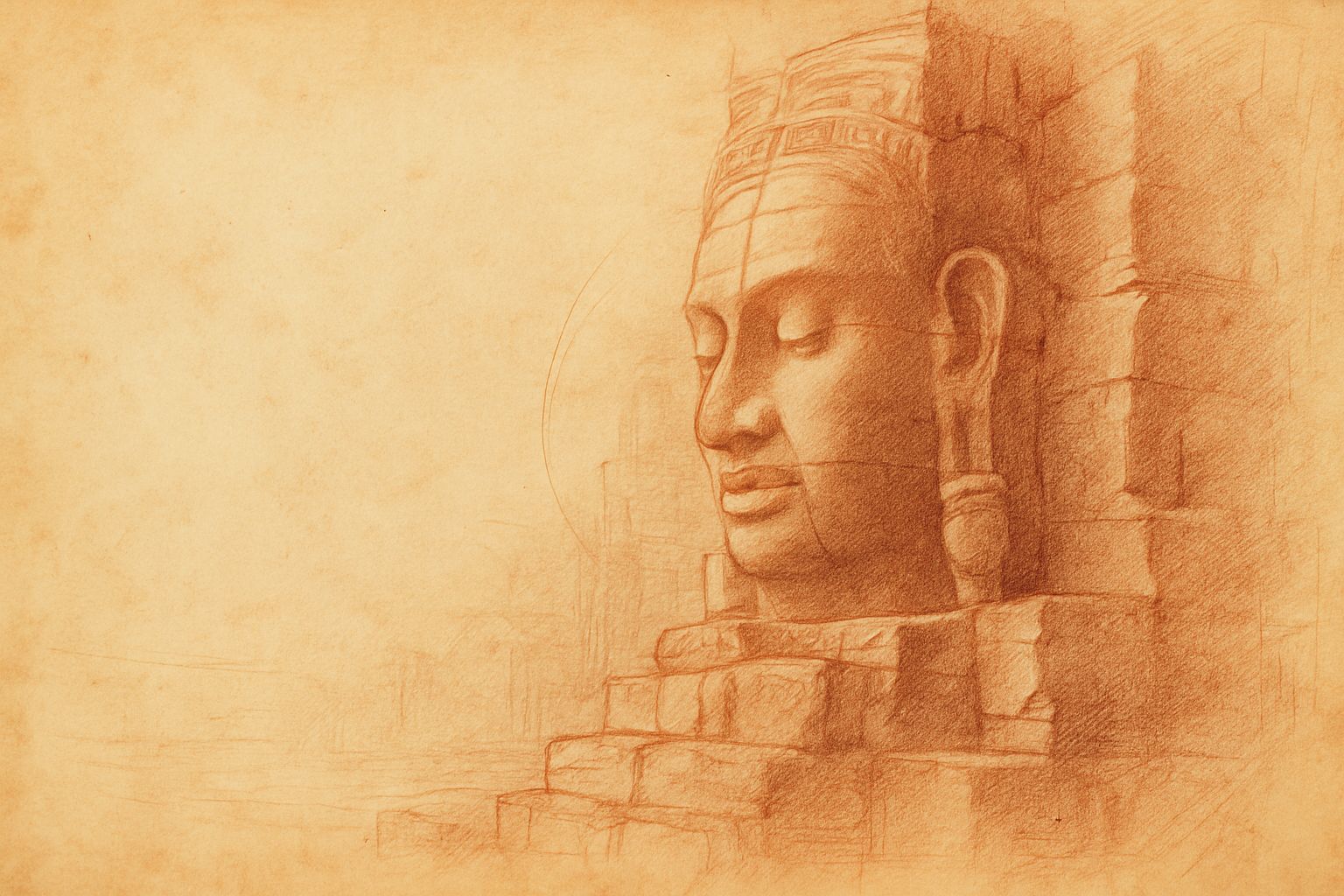
Multiplicity and Mercy — The Face Towers of Jayavarman VII
5 min read
A new vision of kingship rises at the Bayon: serene faces turned to every horizon, shaping a world where authority is expressed as care. Moving through the terraces, one enters a field of steady, compassionate presence — a landscape where stone, light, and time teach through quiet attention.
Join My Studio Journal
Receive occasional letters from my studio in Siem Reap—offering a glimpse into my creative process, early access to new fine art prints, field notes from the temples of Angkor, exhibition announcements, and reflections on beauty, impermanence, and the spirit of place.
No noise. No clutter. Just quiet inspiration, delivered gently.
Subscribe and stay connected to the unfolding story.
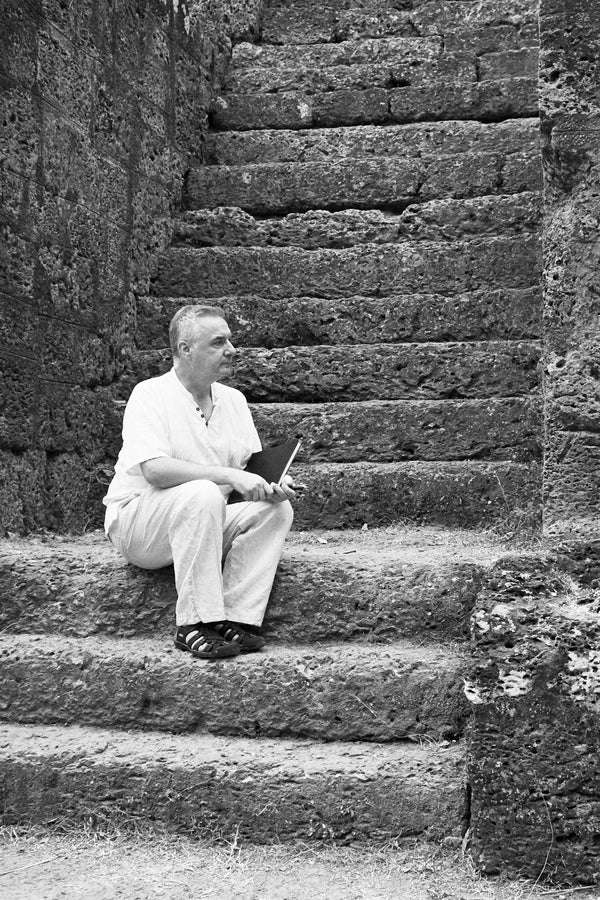
Join My Studio Journal
Receive occasional letters from my studio in Siem Reap—offering a glimpse into my creative process, early access to new fine art prints, field notes from the temples of Angkor, exhibition announcements, and reflections on beauty, impermanence, and the spirit of place.
No noise. No clutter. Just quiet inspiration, delivered gently.
Subscribe and stay connected to the unfolding story.
